T4K3.news
CRPV in US Rabbits Sparks Public Concern
Public health officials say the CRPV cases in US rabbits do not pose a risk to humans, but officials urge calm, factual updates to counter online panic.

Public worry grows as scientists identify Cottontail Rabbit Papillomavirus in Colorado rabbits, while officials stress the risk to humans remains low.
CRPV in US Rabbits Sparks Public Concern
Coloradо wild rabbits have drawn attention after photos showed unusual facial lesions that resemble tentacles. Veterinarians identified the condition as Cottontail Rabbit Papillomavirus, known since 1933 and also called Shope papilloma virus. The lesions can be raised and rough and may develop into tumors on parts such as the ears, eyelids, neck, and limbs. The virus spreads mainly among rabbits and can be carried by biting insects or pass through bedding, food and water bowls, and, rarely, blood transfusion. While most affected animals are wild cottontails in the US Midwest, domestic rabbits can be affected too, though less often. The virus is not believed to occur in UK or Europe.
Public health officials emphasize that CRPV is a non-zoonotic disease and does not spread to humans. Still, authorities urge people to avoid touching infected rabbits and to monitor their own pets for signs. In addition, experts caution that misinformation on social media can fuel unnecessary fear, so updates from wildlife agencies should guide behavior rather than sensational posts.
Key Takeaways
"CRPV is a non-zoonotic disease."
definition from veterinary sources
"The virus simply does not occur in the UK or Europe."
Vetlexicon cited in the article
"Nobody really wants anything like that sticking out of their bodies."
WLBT3 guidance
"Rabbits can pass the virus to other rabbits."
educational note from the images source
The episode highlights how startling images can outpace science in the public imagination. Clear, science-based communication matters more than ever when a virus affects wildlife. Officials must balance transparency about risks with reassurance about what is known, especially when a story travels quickly online. The longer-term questions involve how wildlife agencies monitor disease in wild populations and how communities respond to shiny but misleading viral content. A measured response can prevent panic, protect pets, and preserve wildlife welfare without feeding fear.
Highlights
- Rabbits carry this virus to rabbits not people
- Let science lead the message not the meme
- Calm, factual updates beat fear every time
- Rabbits can spread the virus to other rabbits not to humans
Public reaction risk around CRPV rabbit images
The spread of alarming images and sensational posts about the CRPV rabbits could fuel fear rather than informed action. Officials urge calm, science-based messaging and clear guidance for rabbit owners and the public.
Public updates should stay grounded in science and avoid sensationalism.
Enjoyed this? Let your friends know!
Related News
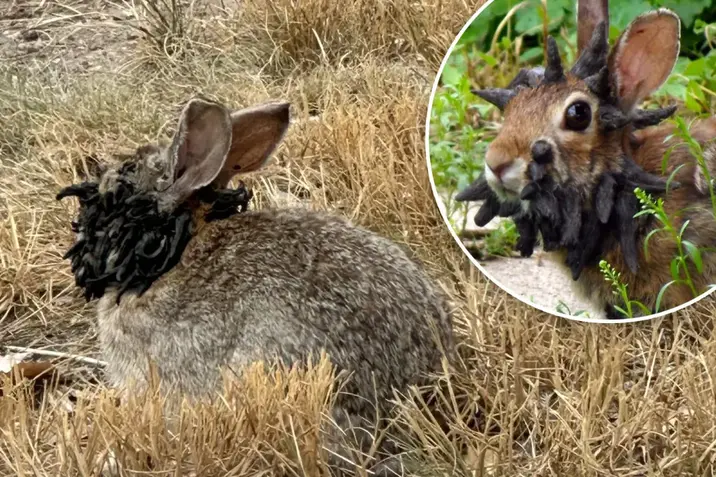
Frankenbunnies in Colorado raise wildlife health questions
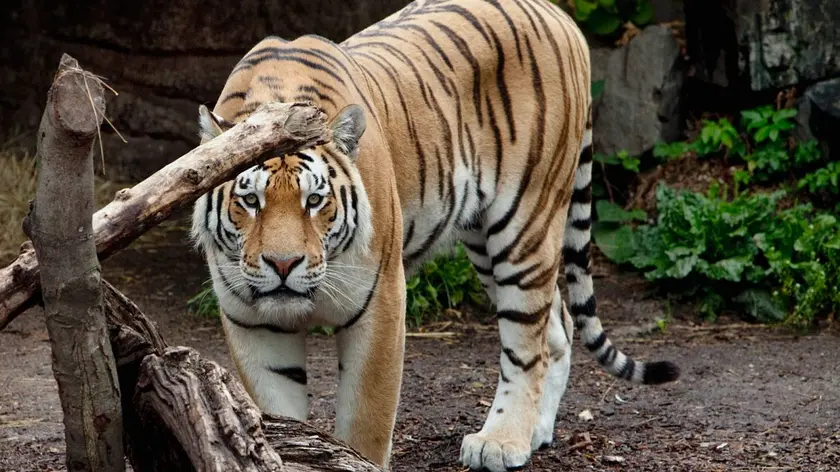
Danish zoo requests donations of small animals for predators
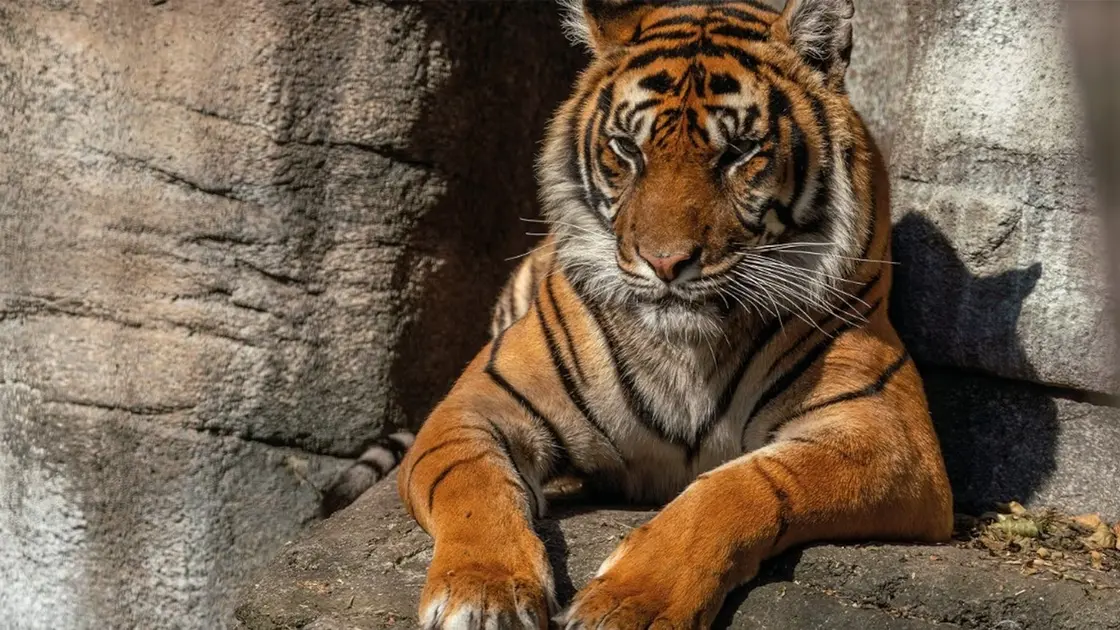
Denmark zoo asks for pet donations for predators
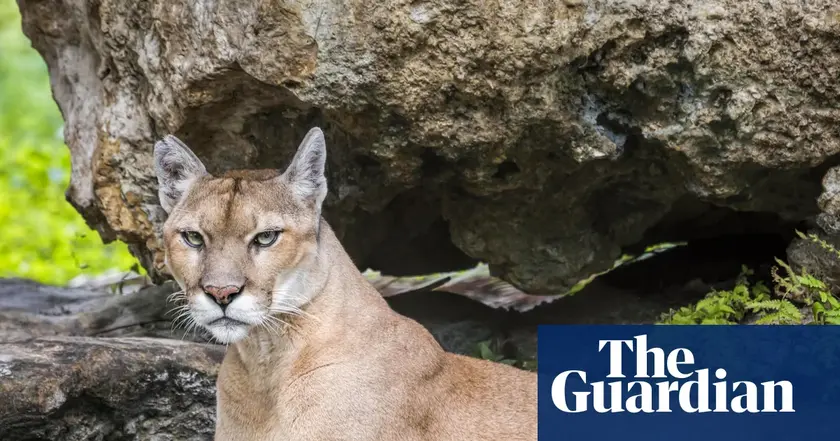
Aalborg Zoo feeds debate on pets and predators

Denmark zoo asks for small pets as predator food

Covid-19 vaccine policy changes spark public concern

Denmark zoo asks for unwanted pets as animal feed
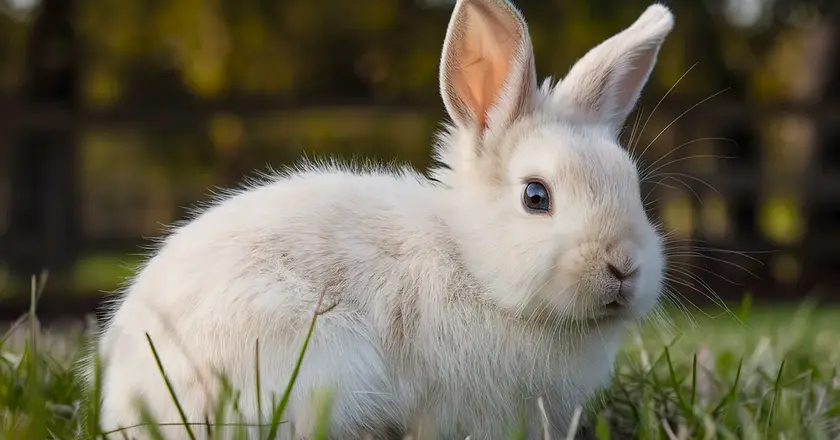
Danish Zoo Seeks Donations of Small Pets for Predators
